Stop trying to re-create your gas engine car from electricity and the answer will become clear.
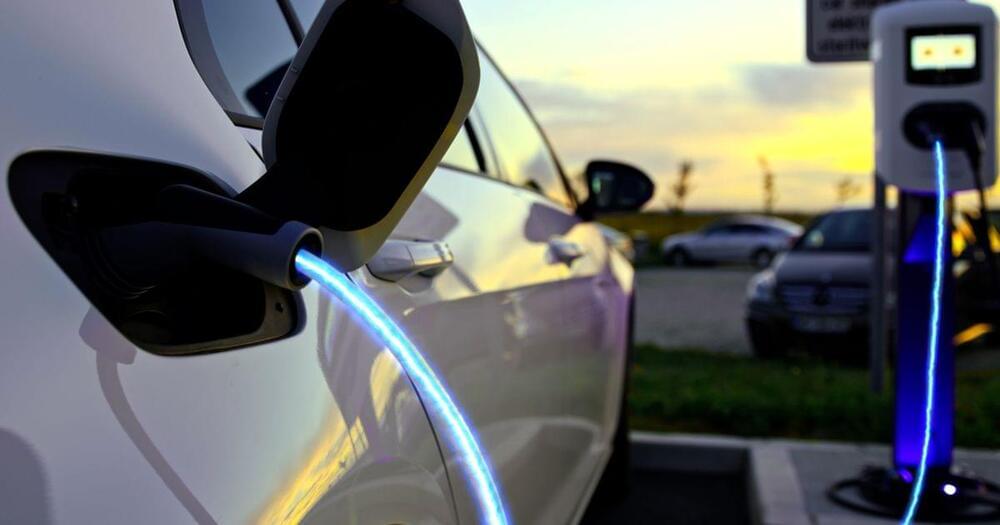


Elon Musk is pushing to build a massive 6.2-mile underground tunnel to ferry Tesla vehicles and their passengers in the traffic-clogged area of North Miami Beach.
Musk’s Boring Company are currently considering the Hard Rock Stadium and Florida International University’s Biscayne campus as hosts for the proposed transit tunnel, which will run underneath Miami-Dade, according to the Miami Herald.
The tunnel, which would initially see Tesla vehicles carrying as many as 7,500 passengers per hour with an eventualy goal of as many as 15,000 per hour, would have drivers passing underneath State Road 826 East from Northwest 2nd Avenue to Northeast 35th Avenue.
Russian President Vladimir Putin has been preparing for the war in Ukraine in plain sight, said Russian Chess grandmaster Garry Kasparov. He added that the Russian invasion of Ukraine could have been avoided had Western countries listened to what Vladimir Putin had been saying.
In an exclusive interview with India Today, Kasparov said, “Back in 2007 at the Munich Security Conference, he [Putin] had talked about spheres of influence. He wanted the world to be divided in the fashion of the past where big countries dictated to smaller countries how to behave.
“Putin has been preparing for the war in Ukraine in plain sight. He bought his Pacific fleet to the Black Sea. Russian forces have now surrounded Ukraine from all sides.“
The 58-year-old former World Chess Champion, however, said that what is happening in Ukraine now is a deviation from Russia’s plans.
“Russia failed to take over Kyiv in two or three days as planned. The heroic defence by Ukrainians has harmed Putin’s image as an invincible leader,” Kasparov said.
Watch the exclusive interview.
#GarryKasparov #RussiaUkraineWar #RussiaInvadesUkraine #RussiaDeclaresWarOnUkraine #IndiaToday.
All you need to do is PRESS THE BELL ICON next to the Subscribe button!
India Today TV is India’s leading English News Channel. India Today YouTube channel offers latest news videos on Politics, Business, Cricket, Bollywood, Lifestyle, Auto, Technology, Travel, Entertainment and a lot more.
Stay tuned for latest updates and in-depth analysis of news from India and around the world!
Follow us: Official website: https://www.indiatoday.in/
Twitter: https://twitter.com/IndiaToday.
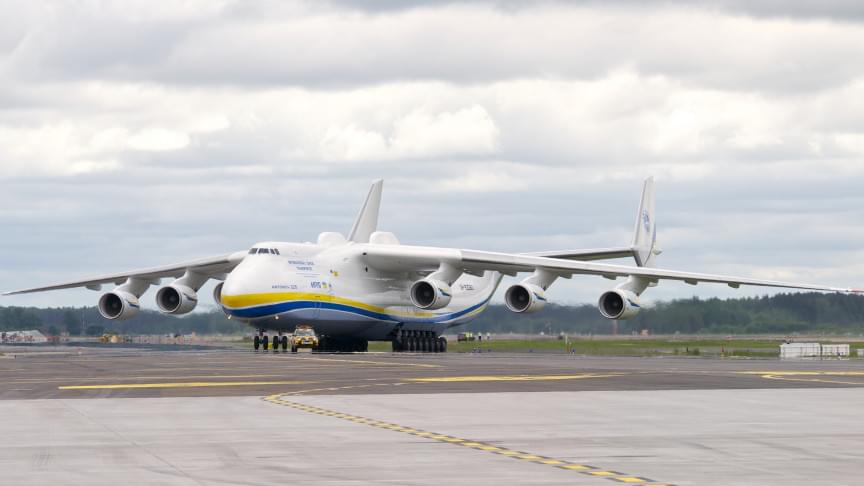
A collaboration between engineers at Lufthansa Technik and chemicals and coatings manufacturer BASF has resulted in the creation of AeroSHARK—a thin film coating that can be applied to an aircraft’s outer skin to reduce drag and thus fuel consumption and carbon emissions. Swiss International Airlines has posted a blog entry on their website describing the film and the benefits the company expects to get from it. Lufthansa Technik has also posted a blog entry detailing the development of AeroSHARK.
The thin film was developed as part of an effort kicked off by engineers at Lufthansa looking for ways to reduce the cost of fuel for their planes. To that end, they looked to nature, and more specifically, sharks—creatures who have been streamlined over millions of years of evolution. The researchers found that shark skin is covered with millions of “riblets,” which are protrusions that run the length of their bodies. The engineers then teamed up with a group at BASF to create a similar type of skin for aircraft. The result was the creation of AeroSHARK, a clear, thin skin with millions of riblets, each just 50 micrometers high. Testing showed that the material reduces drag.
The researchers found that by applying the skin to the entire fuselage and engines of a Boeing 777, they could reduce fuel consumption by 1.1%. Swiss estimates that the skin will result in reductions in fuel consumption across its fleet by 4,800 metric tons a year, which, in turn, will result in reducing carbon emissions by 15,200 metric tons. They suggest that amount is equivalent to 87 long-haul flights from Zurich to Mumbai. Swiss plans to coat all 12 of its 777-300ER airplanes with AeroSHARK starting this summer. Meanwhile, Lufthansa has begun coating all of its large cargo aircraft with the new skin.
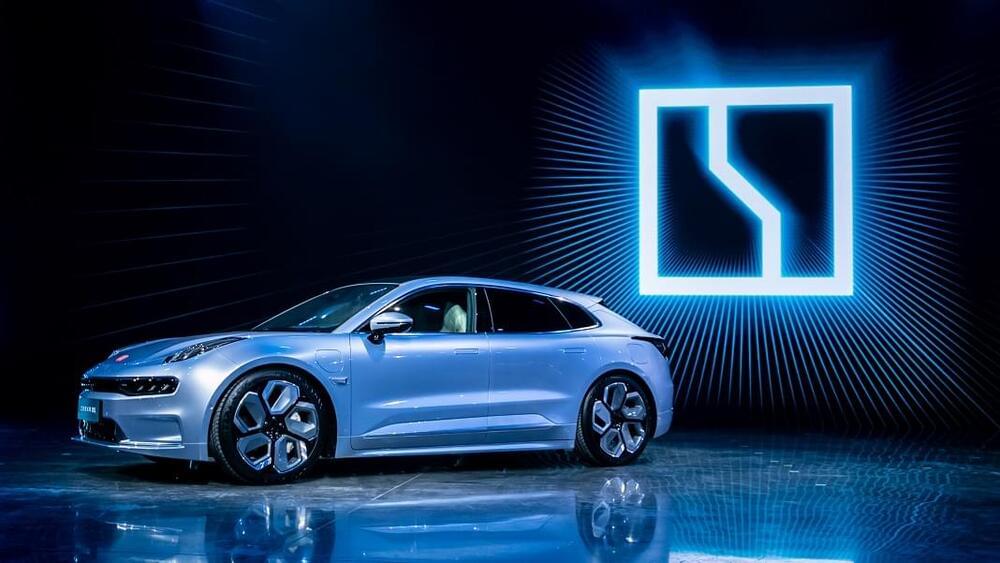
Mobileye is an an Israeli subsidiary of chipmaker Intel (who knew?) that develops self-driving cars and advanced driver-assistance systems. This week at CES the company announced a new chip called EyeQ Ultra, part of its system-on-a-chip line, saying the chip will be able to do 176 trillion operations per second and is purpose-built for autonomous driving.
Geely, meanwhile, is a carmaker based in Hangzhou, China. Founded in 1997, the company’s full name is Zhejiang Geely Holding Group; they’re the largest private automaker in China, and reportedly sold over 1.3 million cars in 2020. Among Geely’s holdings is Swedish carmaker Volvo, as well as an electric vehicle brand called Zeekr that was launched in March of 2021.
The new self-driving car will be a collaboration between Geely and Mobileye, and will be produced under the Zeekr brand. To be clear, the car still won’t quite approach the put-your-feet-up driverless vision. There are five levels of automation in driving, with Level 5 being full autonomy, in which the vehicle can drive itself anywhere (around cities, on highways, on rural roads, etc.) in any conditions (rain, sun, fog, etc.) without human intervention. The Zeekr car will supposedly be Level 4, which means it will be able to operate without a safety driver under certain conditions (namely, good weather), and will still have a steering wheel.
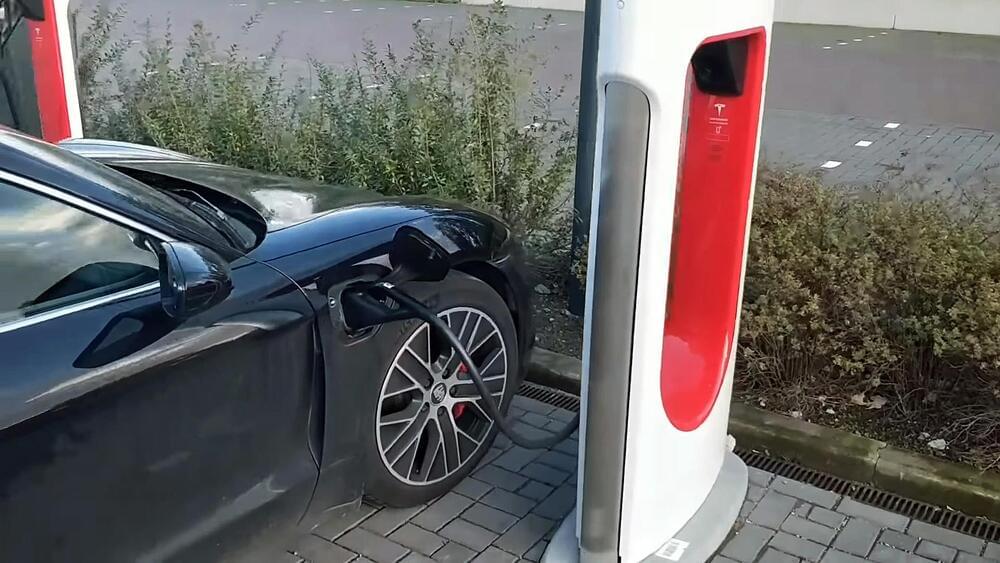
Tesla’s well-established Supercharger network would be a willing participant in the Infrastructure Bill’s US$7.5 billion effort to build 500,000 EV charging stations nationwide. In comments sent to the FHA, however, Tesla notes that it’d like its exclusive Supercharger stations to get the same grant treatment as any public stations it builds where non-Tesla cars can be charged.

MANSFIELD — Gas prices at the pump across Ohio have been on the rise for a while, but Russia’s invasion this week — and other more natural factors — could.
MOUNT VERNON — Gas prices at the pump across Ohio have been on the rise for a while, but Russia’s invasion this week — and other more natural factors — could make those prices rise even more.
The American Automobile Association reported Friday that Ohio’s average price at the pump for regular gas rose $0.01 from Thursday. It’s up $0.11 from last week and $0.27 from a month ago.
At this time last year, the average price at Ohio pumps was $2.61. The average Friday was $3.33, according to AAA.
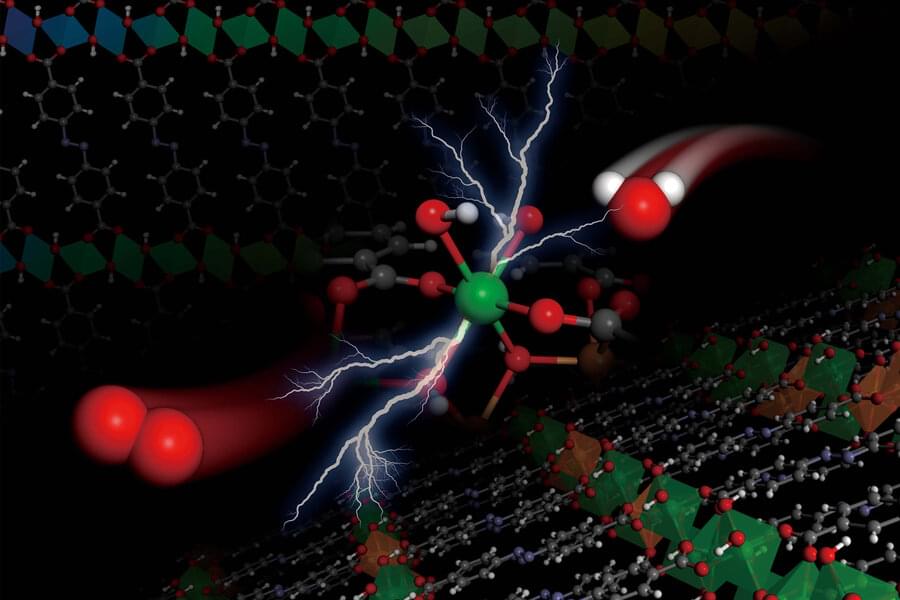
An electrochemical reaction that splits apart water molecules to produce oxygen is at the heart of multiple approaches aiming to produce alternative fuels for transportation. But this reaction has to be facilitated by a catalyst material, and today’s versions require the use of rare and expensive elements such as iridium, limiting the potential of such fuel production.
Now, researchers at MIT and elsewhere have developed an entirely new type of catalyst material, called a metal hydroxide-organic framework (MHOF), which is made of inexpensive and abundant components. The family of materials allows engineers to precisely tune the catalyst’s structure and composition to the needs of a particular chemical process, and it can then match or exceed the performance of conventional, more expensive catalysts.
The findings are described today in the journal Nature Materials, in a paper by MIT postdoc Shuai Yuan, graduate student Jiayu Peng, Professor Yang Shao-Horn, Professor Yuriy Román-Leshkov, and nine others.
